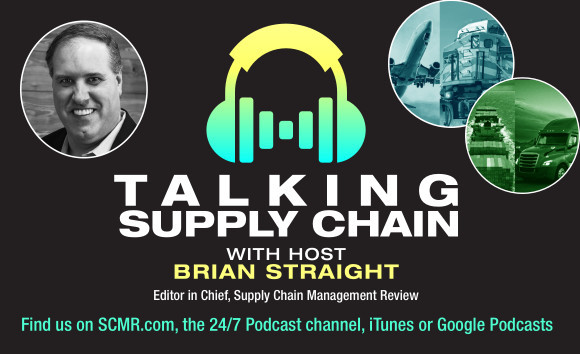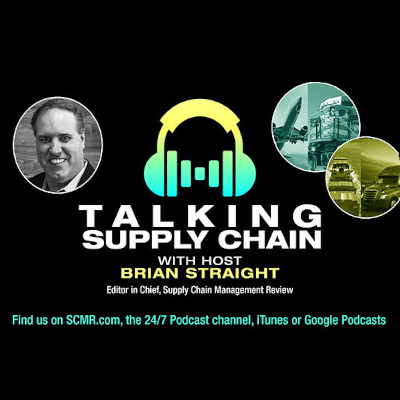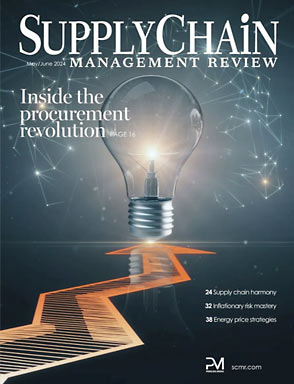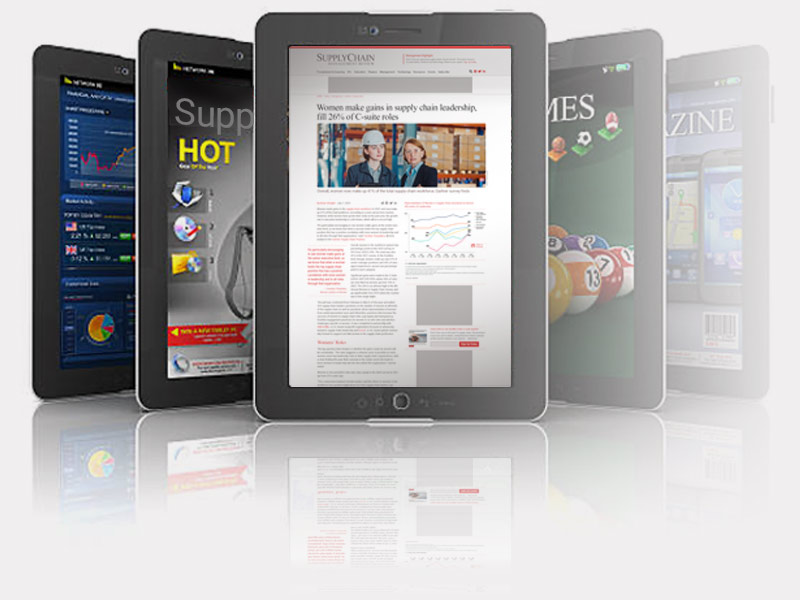Relief supply chains are a bit more complex than traditional supply chains. Supply chain professionals are used to planning, planning routes, planning efficiencies, etc. But in a disaster situation, time can be of the essence, and the chaotic nature of trying to pull together a massive relief effort means existing relationships may be more important than ever. Whether it is a shipper looking to move relief suppliers such as water or food, or a trucking company with trucks and trailers to loan out, what steps can these companies take prior to disaster striking so they are in a position to help when needed?
Iana Shaheen is an assistant professor of supply chain management at the Walton College of Business at the University of Arkansas. She has done extensive research on humanitarian supply chains and joins Talking Supply Chain host Brian Straight to discuss what businesses need to know, and how they can be in a position to help.
Listen: Talking Supply Chain: Humanitarian supply chains provide a lifeline for many
SC
MR


More 3PL
- U.S.-bound containerized import shipments are up in June and first half of 2024
- Not out of the woods
- One door closes, a better one opens
- AI liftoff delayed?
- Procter & Gamble’s Amy Rardin announced as NexGen Supply Chain keynote speaker
- Developing a dynamic S&OP process for third-party logistics
- More 3PL
Latest Podcast

 Explore
Explore
Topics
Business Management News
- U.S.-bound containerized import shipments are up in June and first half of 2024
- Expand supply chain metrics to cover the complete customer experience
- When disaster strikes, the supply chain becomes the key to life
- Leadership development for supply chain leaders
- A smarter approach to sustainability is vital for healthy, resilient supply chains
- When the scales tilt: Making vaccine access work for all
- More Business Management
Latest Business Management Resources

Subscribe

Supply Chain Management Review delivers the best industry content.

Editors’ Picks




